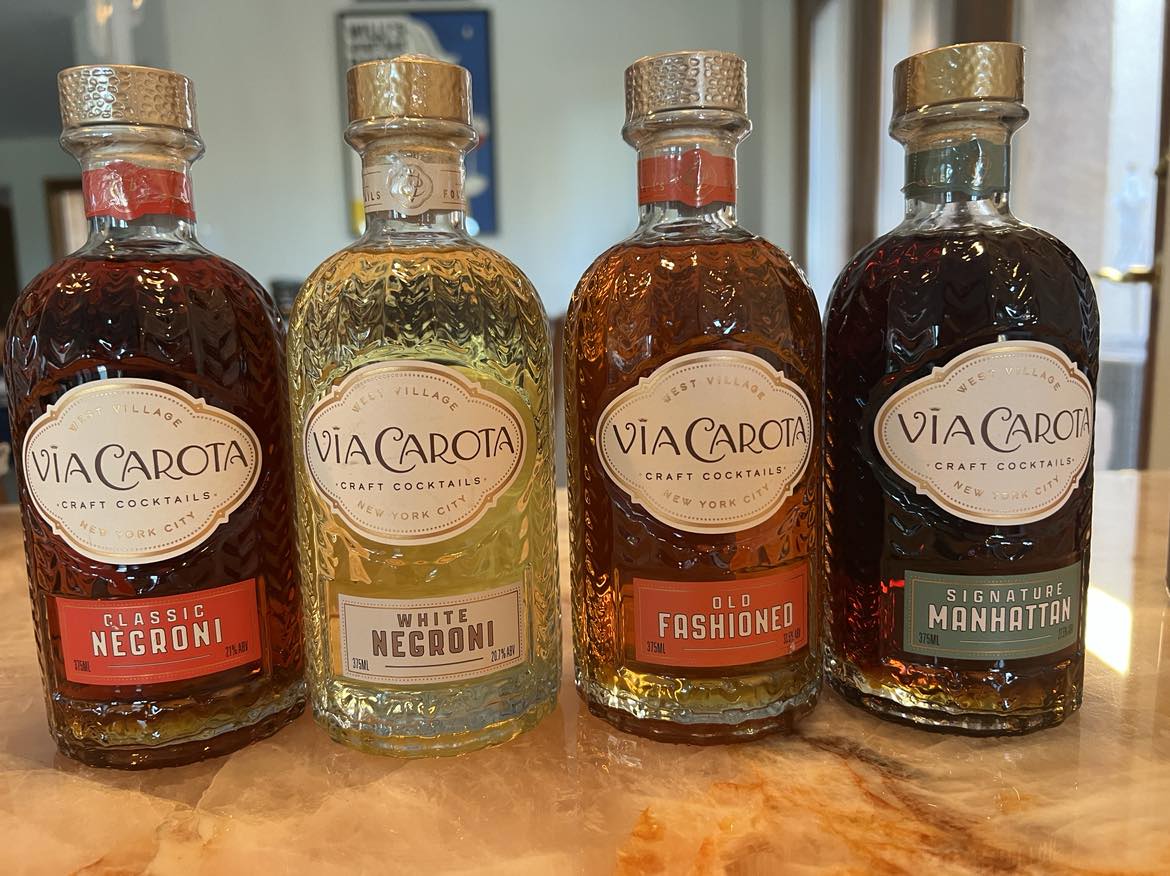The closure saga between cork and twist caps continue. The difference now is that we are developing some metrics as some wineries have chosen use the new closures and letting go of traditional cork. I would like to cover a couple of items in this article with regards to cork and screw cap closures. First, how much effect will the switch to screw caps have on wines that collectors plan to cellar and second, what negative effects are the new closures having on wines? Some editors, such as James Laube of Wine Spectator Magazine, recently wrote an article in the April 2013 edition titled, “Time to Dump The Cork.” In reading this, he has alluded that the grasp that some of us have on using corks is all based on tradition and not on performance. I beg to differ.
 Since my last article that brought out comments from the cork council on TCA, I feel the same thing is happening with blaming tradition on why people do not want to change. The weakness involves extensive research and study before saying corks have no benefits and screw caps are the answer for all future wines. I would like to share some of the variables that question or resolve the issues on corks and twist caps that I have found.
Since my last article that brought out comments from the cork council on TCA, I feel the same thing is happening with blaming tradition on why people do not want to change. The weakness involves extensive research and study before saying corks have no benefits and screw caps are the answer for all future wines. I would like to share some of the variables that question or resolve the issues on corks and twist caps that I have found.
I have always believed that a very small amount of oxygen is required by wines that collectors intend to cellar. This can be 10 years to decades depending on the wine and the collector. The caveat to this is that there must be sufficient sulfur dioxide (SO2) present to neutralize the effects of oxygen on the wine preventing the wine from oxidizing.
Cork is a very dense material that is made of many tiny cells which contain air. Richard Grant Peterson, PhD wrote, ” Remarkably, each cork cell is tetrakaidecahedral (14 sided). The math majors among us realize that it takes 14 sided bodies to exactly fill a space with uniform bodies of minimal surface dimensions and without interstices.” His belief is that the cork is a perfect seal thus preventing the cork from breathing. One piece of evidence used to support this position is Champagne. Champagne maintains constant positive pressure not allowing the CO2 gas to diffuse or pass through the cork. Even aged Champagnes with many years in the cellar maintain the distinct carbonation that they are known for. However, the one flaw with this bit of evidence is the size of the molecules involved. CO2 has 1 carbon atom attached to 2 oxygen atoms. This molecule is much larger than oxygen or O2 which only has 2 oxygen atoms. Does cork filter at a certain size?
Another piece of evidence in support that oxygen is present involves the amount of sulfur dioxide (SO2) that is present. Literature shows that normal wines after bottling typically have a loss of 5-6ppm of SO2. Remember that this is caused by direct contact and reaction with oxygen. SO2 is the chemical that helps preserve wine and protect it from oxidizing. Experiments have been run through careful processing verifying that oxygen was completely removed from a wine. Yet these tests still showed a 5-6ppm SO2 drop found in most wineries. So here is where you ask the question, “where did the so called nonexistent oxygen come from to cause the SO2 to drop?”
Now I am going to throw another curve ball. If cork is such a good seal that gas cannot pass through it, why do old cellared wines decrease in volume with age? Water and ethanol are also small molecules like O2. Another challenge to the permeability of wine was shown years ago when lead was used as wine foils or covers over the cork. Tests on wines that had these lead foil covers have shown that traces of lead were found in the wine over time if the lead were contacted by wine and dissolving the lead. Here is another question that must be asked, where did the wine come from to cause the lead cover to corrode? Did the wine leak directly through the cork or around the sides (poor seal)? All of these facts to me point toward showing that the cork is not a hermetic seal (100%).
Another fact that I found in literature that poses a real possibility is oxygen transfer. Maybe saying that a cork breathes is an incorrect statement and we should view it as transfer. Saying that a cork breathes implies there is a vacuum in the bottle. Transfer of oxygen from the cork or cork/glass interface would be a very slow process as the oxygen would need to migrate to the wine at the wetted surface of the cork and diffuse into the wine. Again we have the question on how the oxygen gets to the wine if the cork is such a good seal. The SO2 test showed that oxygen does indeed get into the wine. This minor exchange could be the reason for allowing wines to age to splendor as it would be an extremely slow process over time.
Another fact that a lot of us have seen is on wines where plastic corks are used is that the cork is raised or protruding from the wine bottle. Further evidence that the cork is not an absolute barrier where plastic synthetic corks are. If this is the case, maybe the cork is working more like a selective filter where gas molecules of a certain size will penetrate and others do not. CO2 in Champagne for example verses O2. Two different sizes of gas molecules.
One more piece of evidence that shows that oxygen is finding its way into wines with real corks is the recent findings with some screw capped wines are found to contain trace amounts of hydrogen sulfide (H2S). H2S gives the odor of rotten eggs. This has been one of the negative drawbacks noted in screw caps. The detection of H2S in bottles with corks becomes undetectable almost immediately after the bottle is opened and O2 is introduced. This is not the case with screw capped wine where H2Sis being found more frequently and can remain after the bottle has been opened. The chemistry is very simple. Hydrogen sulfide plus oxygen reacts producing sulfur dioxide and water (H2S + O2→ SO2 + H2O) which has no negative impacts to the wine obviously. However, this does not appear to be happening since screw caps prevents small amounts of oxygen from reaching the wine. If cork is impermeable, what is the oxygen source? It appears that the slight introduction of O2 prevents the effects being noted in screw caps. I also must add that the amount of H2S noted in screw caps is very small and will probably not be found by the average consumer.
In conclusion, you can see why this is such a controversial topic with many variables. If you look at each point that I brought up in this article, I believe that you will agree that some type of oxygen to wine exchange is occurring. I also believe that you can see that corks are not hermetic or 100% seals. Again, as I have stated many times in the past, I will stick with the use of a good real cork. The Cork Council and industry have mitigated a lot of the concerns of TCA. As I wrote in another article, it is also not the only source of TCA in our wines. I really have issues with people stating that removing cork will eliminate TCA. The beauty of seeing the potential of a Bordeaux or Burgundy over decades of time I feel will be lost with the new screw caps. Maybe this is why we are not seeing a French Chateau Lafitte Rothschild or Chateau Figeac Bordeaux getting on the band wagon to use screw caps. In fact, you see very few old world wines with screw caps. Maybe it is just a “Tradition”, something you don’t screw with.
Cheers,
Rusty Sly










Greg,
We are definitely on the same page. Too many unknowns with the effects of screw caps on old and new wines. Heritage has shown that old world wines age and develop over many decades. I opened a 1997 2nd growth Bordeaux recently and it was spectacular. I will wait at least 10 more years before opening my last bottle from this vineyard. I will also never change my position on cork. Where else can you get the distinct pop that you allude to. Maybe we are old fashion but I like it.
Cheers,
Rusty Sly